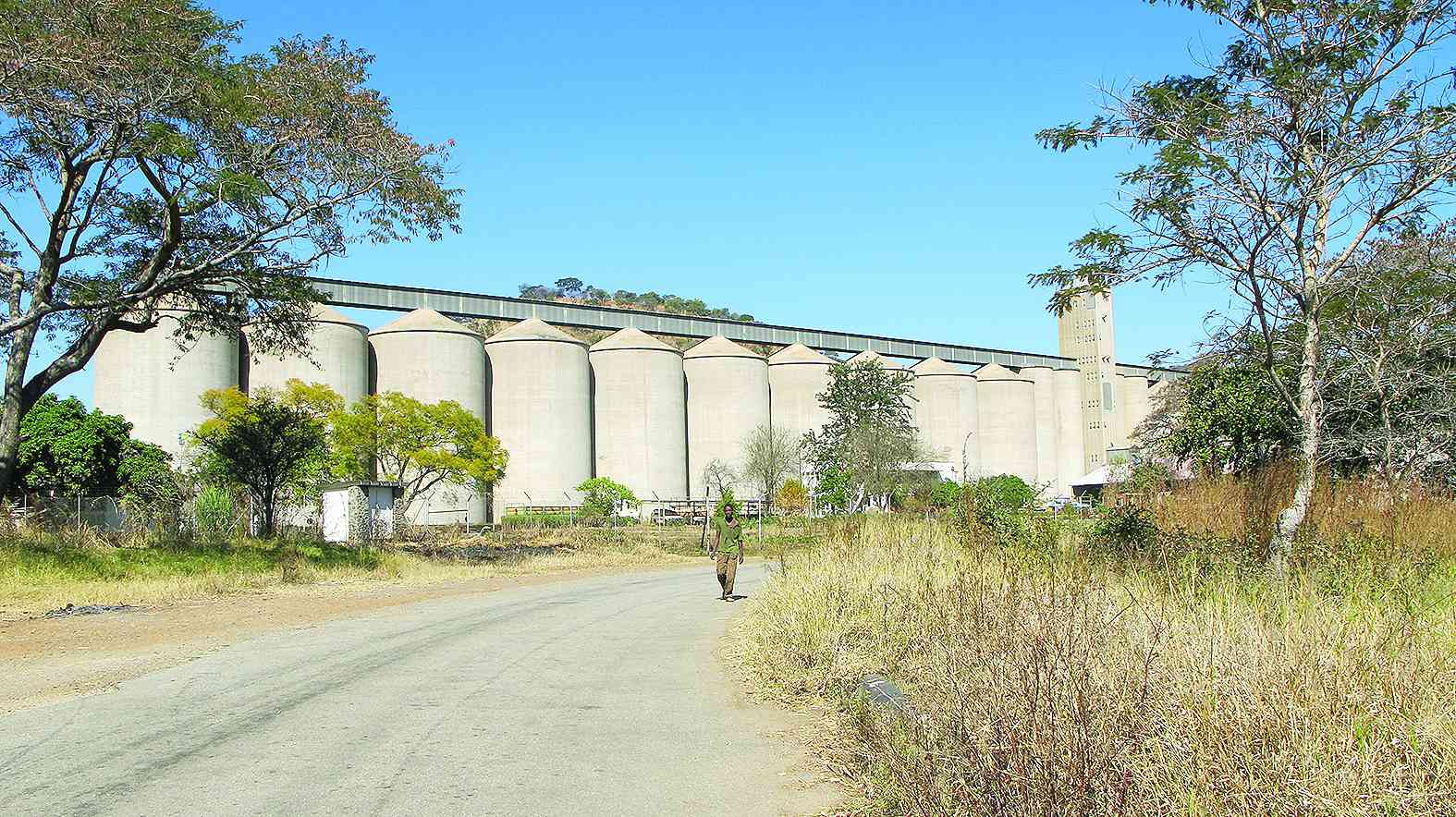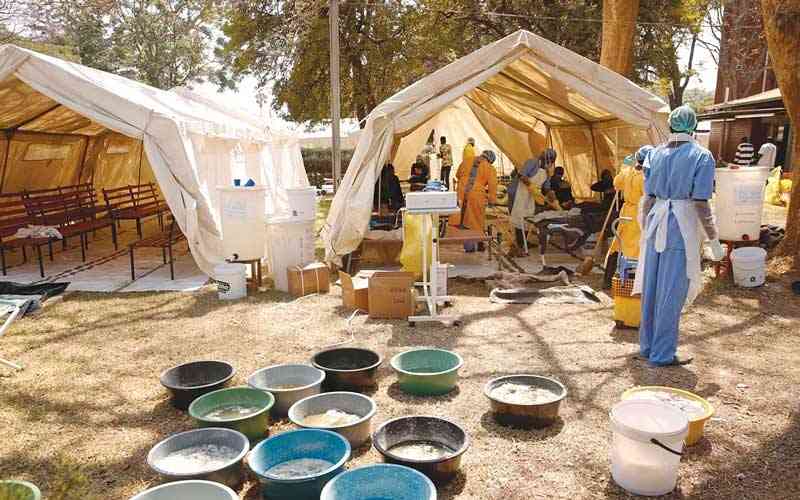
FINALLY, reality has dawned on the government.
It began making frantic efforts this week to boost grain reserves after a recent exposure by Parliament that claims of plenty were a fib.
In a statement on Monday, Information minister Jenfan Muswere announced a US$390 per tonne price in a "special initiative" to mop up excess grain stocks in the country.
Muswere said the decision to establish a purchase price of US$390 per metric tonne for grains was aimed at “incentivising” farmers to sell their surplus stocks to designated grain collection points across the country.
“By providing a competitive price, the government seeks to facilitate the orderly sale of excess grains, thereby preventing wastage, reducing post-harvest losses and promoting market equilibrium,” he said.
Such a Damascene moment by government is coming too late after its earlier claims that Zimbabwe had grain that would last up to October.
But in January, an executive with the Grain Marketing Board (GMB) told a parliamentary portfolio committee that Zimbabwe had grain that will take the nation up to May.
Government went into overdrive rallying supporters to thrash revelations made by the GMB.
- Letter from America: The death of the Zimbabwe dollar shows the King has no clothes
- Deputy minister in GMB theft scandal
- ZITF: The hits, misses of 62nd edition
- ZITF: The hits, misses of 62nd edition
Keep Reading
The latest overture by the government comes as the future looks bleak with maize output expected to halve to 1,1 million tonnes this year, although indications on the ground point to a lower than projected output.
Government and humanitarian agencies estimate that at least 2,7 million people face hunger this year, although the number could increase due to an El Nino-induced drought.
We see the latest move by government to buy grain from farmers as having come late after it became clear that Zimbabwe was headed for a drought.
Those with excess stock will hold on to it in anticipation of better prices amid revelation that some are selling maize for over US$400 per tonne. Government, through the GMB, has a chequered history when it comes to paying farmers on time for grain delivered. There are indications that the price will rise as the year wears on.
To compound the situation, countries in the region are moving fast to cushion their nationals from the drought.
Last month, Zambia banned maize exports and declared the 2023/24 agricultural season a state of disaster to marshal resources from aid agencies.
Over the weekend, Malawi President Lazarus Chakwera declared a state of disaster in 23 out of the 28 districts.
This means that there will be competition among countries to lure donor agencies.
We are in fix. The World Food Programme has painted a gloomy picture with data from the UN agency showing that the number of people resorting to “crisis and above” food-based coping strategies was estimated at 7,4 million in the first week of March 2024, up from 6,9 million during the first week of February 2024.
Zimbabwe needs to move fast and declare a drought. The outlook is bleak.







